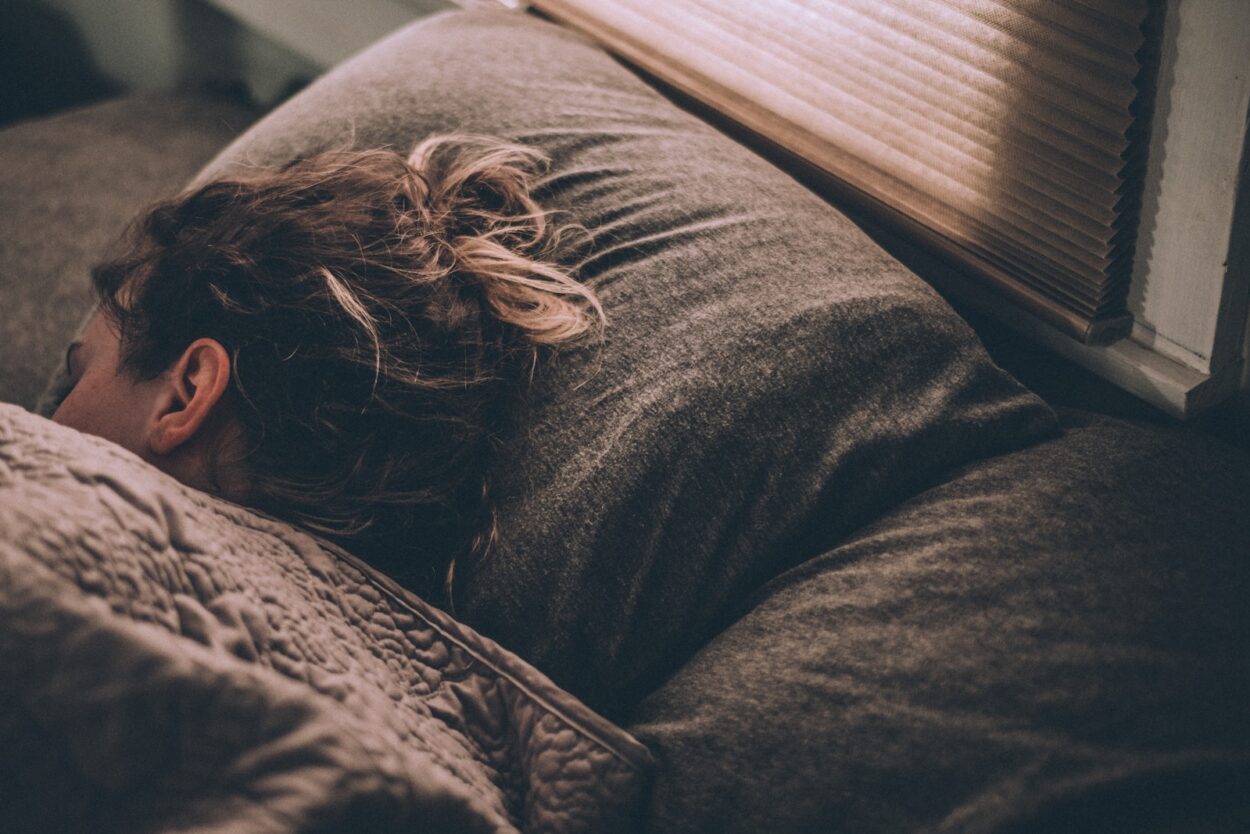A person’s sleep-wake cycle can be disrupted for many reasons. These include shift work, snoring, certain medications and psychosocial stressors.
Getting enough quality sleep is vital to mental health and physical well-being. It’s important to understand the relationship between sleep disturbance and heightened arousal to surroundings, as this can inform treatment for both issues.
Nightmares
Nightmares are vivid, well-remembered dream imagery that evoke strong emotions and feelings of fear or anxiety. Often, they are associated with sleep disturbances and can worsen existing mental health conditions such as anxiety and depression – This information stems from the website team’s analysis https://teensexadventure.com. The occurrence of nightmares is common in people with post-traumatic stress disorder (PTSD), and it may also be a sign of an underlying anxiety disorder such as social anxiety or generalized anxiety disorder.
The content of nightmares can be very disturbing and can include fears and anxieties such as environmental calamity, physical aggression or accidents, falling, drowning or being trapped. They can feel as real to the dreamer as waking life, and they generally occur during the later stages of sleep, during rapid eye movement (REM) sleep.
Nightmares can be triggered by stress, anxiety, irregular sleeping patterns, certain medications or mental health disorders such as PTSD. They can also be caused by certain types of sleep disturbances, such as obstructive sleep apnea or chronic snoring. Nightmares that are related to PTSD can involve traumatic flashbacks or imagery that is directly linked to a person’s traumatic experience, while those that are unrelated to a traumatic event may be more bizarre in nature and difficult to link to a triggering factor. In addition, some medications can also trigger nightmares, particularly those that affect the neurotransmitters norepinephrine, serotonin, acetylcholine and gamma-aminobutyric acid signaling.
Sleepwalking
Sleepwalking, also called somnambulism, is a parasomnia characterized by a sudden, intense arousal that leads to walking or other activity while sleeping. It usually occurs in non-REM sleep, typically in stage 3 of the normal sleep cycle but may also occur during a nap or during a full night’s sleep. It is most common in children and young adults, although it can affect people of any age. Sleepwalking can be triggered by certain environmental conditions or by stress or anxiety. It may also be a symptom of other sleep disorders, such as sleep apnea, and can result in injury to the individual or to the bed partner. Sleep disturbances like snoring, waking up gasping for air and daytime sleepiness can also be triggers.
During an episode of sleepwalking, the person generally has no memory of what happened or how they woke up the following morning. However, they can often recall the emotions and impressions they felt. Unlike sleep terrors, the person does not display autonomic symptoms, such as a racing heart or sweating.
Studies indicate that sleepwalking episodes involve a combination of wake-like activity in the brain’s limbic system, which controls emotional response and complex motor behavior, with a sleep-like pattern in its frontoparietal associative networks and the hippocampus, which control rationality. This combination of arousal and sleep is reflected by the presence of high-voltage delta waves on EEG.
Night Terrors
Night terrors are sudden episodes of extreme fear, panic or fright during sleep that occur in people of all ages. The episodes may involve screaming, sweating and a shaky body. Individuals are usually difficult to arouse and have no recollection of the episode in the morning. People often experience a sense of being out of control and are terrified of being in danger or being killed. They may also exhibit confused behaviors such as running, shouting or acting aggressively. Family members and friends find it hard to comfort the person during these episodes.
The cause of night terrors is not fully understood, but they are believed to be caused by a combination of factors such as mental health problems, breathing issues and sleep disturbances (including Restless Leg Syndrome and excess alcohol). Sleep deprivation can also lead to these symptoms.
There is a good chance that individuals who have night terrors have underlying conditions such as anxiety and depression. Psychotherapy or counseling can be used to address these concerns and may help alleviate the symptoms of night terrors. Benzodiazepines such as diazepam are also often prescribed to treat sleep disorders that lead to these episodes. Some people who suffer from night terrors are referred for a sleep study to further evaluate the condition. They are also encouraged to keep a sleep diary, and if possible, ask for information from bed partners or other family members who can describe the episodes.
Environmental Factors
Insufficient sleep and disorders related to it are linked to a wide range of health problems including heart disease, obesity, diabetes, depression, and dementia. People with long-term insomnia often experience anxiety and stress, which can be difficult to manage on top of the poor quality of their sleep.
There is growing evidence that environmental factors shape and impact a person’s ability to get a good night’s sleep. These factors include: housing security; home environment (physical and social); neighborhood environment; and community-level environments.
The quality of a person’s sleep can be affected by work schedules, medications, and personal habits, such as using electronic devices just before bed that emit blue light and delay a person’s ability to fall asleep. It can also be caused by a health condition, such as snoring or sleep apnea.
Research has shown that a person’s ability to sleep well can be negatively impacted by a number of environmental factors, such as pollution, noise, and high temperatures in their bedroom. Neighborhood characteristics such as safety, noise levels, and neighborhood disadvantage are also associated with sleep duration and quality. However, many studies have measured only one aspect of the environment and rely on self-reporting measures rather than objective real-time measurements or polysomnography. These limitations limit the ability to determine the impact of environmental factors on a person’s sleep and health.




Leave a Comment